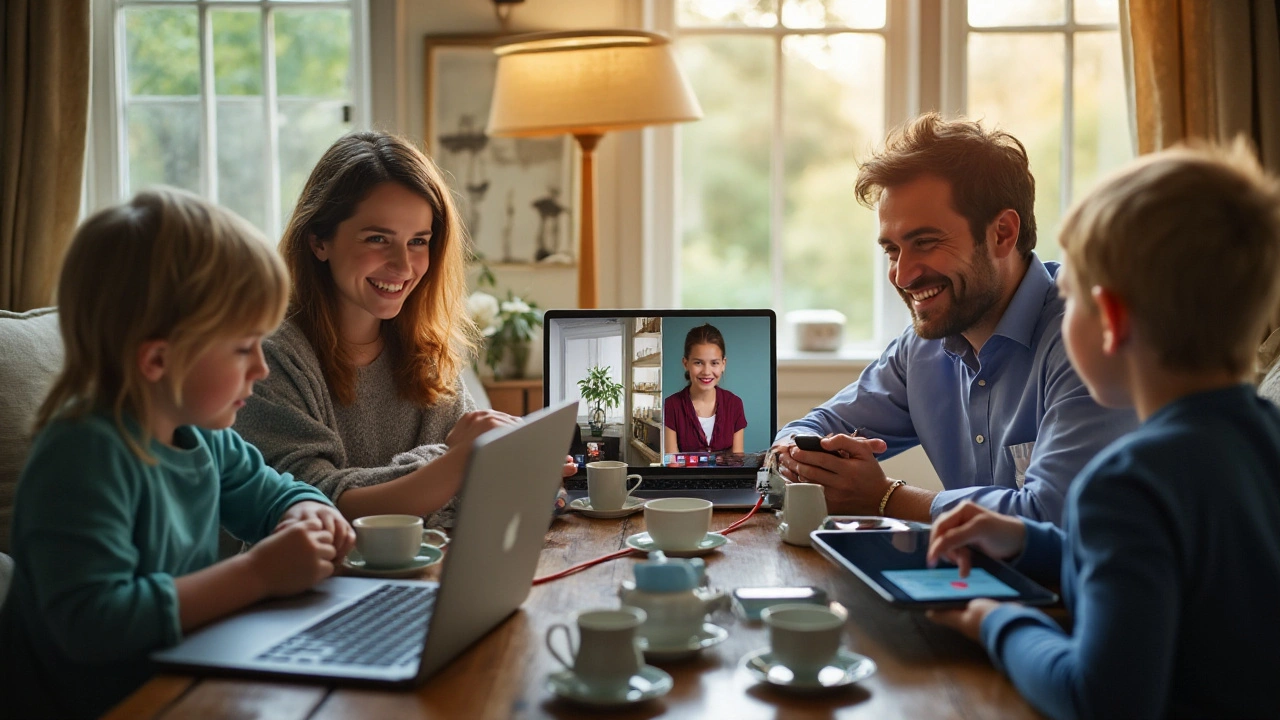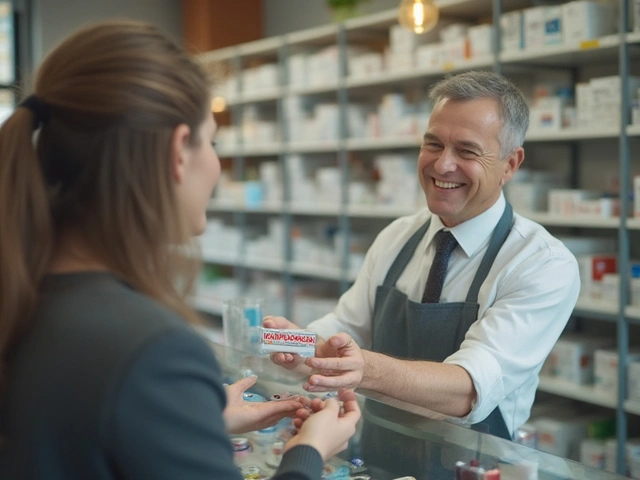Telemedicine: How to Get Prescriptions and Meds Safely Online
Telemedicine makes seeing a doctor fast and convenient, but it also raises questions: how do you get a legitimate prescription? Which online pharmacy is safe? This page gives clear, practical steps you can use right away to get care and medicines without the guesswork.
How to prepare for a telehealth visit
Before your appointment, gather a short list: current meds, allergies, recent test results and a clear note about symptoms (when they started, how bad, what helps). If you can, take photos of rashes or wounds and have a thermometer, blood pressure reading or weight handy. That info speeds diagnosis and leads to better prescriptions.
Pick a quiet spot with good lighting and a stable internet connection. Log in a few minutes early to test audio and camera. When the clinician asks questions, answer plainly—don’t downplay symptoms. If you want a specific medicine, explain why and ask about safer or cheaper alternatives.
Picking a safe online pharmacy
After you get a prescription, use a licensed pharmacy. Look for obvious signs: a physical address, pharmacist contact, and a requirement for a prescription. If a site sells controlled drugs without asking for a valid prescription, walk away.
Check pharmacy credentials. In the U.S., the NABP list or Verified Internet Pharmacy Practice Sites (VIPPS) seal helps. For other countries, find your national regulator online. Read recent customer reviews, and avoid deals that look too good to be true—deep discounts on brand-name meds can be a red flag for fakes.
Compare prices but factor in shipping time and returns. If a pharmacist is available by phone or chat, that’s a good sign. Ask about generic options, insurance billing, and expected delivery windows. Keep records of order confirmations and prescription details.
Be careful with international sellers. Some countries allow certain meds over the counter that require prescriptions at home. Import rules differ—check local laws before ordering. If customs or regulatory issues could block your medicine, use a domestic pharmacy instead.
Protect your data. Use strong passwords for telehealth portals, don’t share login info, and confirm the website uses HTTPS. If the platform asks for unnecessary personal details (like your social security number without clear reason), stop and ask why.
Know when to seek in-person care. Telemedicine is great for routine follow-ups, refills, minor infections or medication advice. But if you have severe chest pain, breathing trouble, sudden numbness, severe bleeding, or signs of anaphylaxis, call emergency services right away.
Small habits save time and money: keep a photo of your current pill bottles, request electronic prescriptions to be sent directly to your chosen pharmacy, and set reminders for follow-ups. If something feels off—slow delivery, wrong pills, or the pharmacy refuses to provide a pharmacist consultation—reach out to your clinician and report the pharmacy to regulators.
Telemedicine can be simple and safe if you prepare, choose trusted services, and protect your information. Use these checks as a routine and you’ll avoid most common mistakes when getting prescriptions online.




